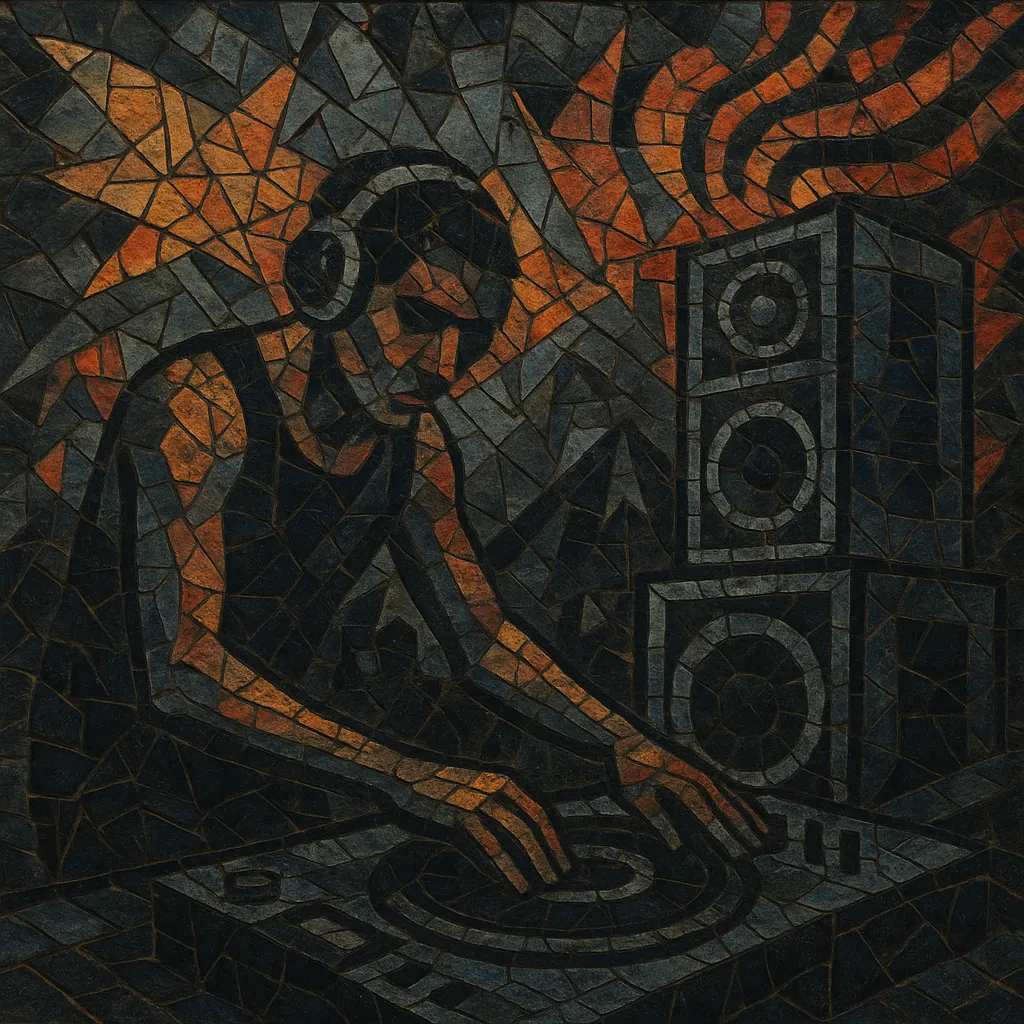Free tekno (often spelled freetekno or tekno) is a fast, hard, and raw branch of underground techno that grew out of the European free party scene. It favors DIY live hardware sets, heavy distortion and saturation, hypnotic loops, and relentless 4/4 momentum tailored for improvised dancefloors in warehouses, fields, and squats.
Sonically, it fuses the drive of techno and the acidity of TB‑303 lines with the hardness of early hardcore and gabber, keeping arrangements minimal yet forceful. Cultural identity is inseparable from the free party ethos: non‑commercial gatherings, traveler sound systems, and a strong anti‑authoritarian, autonomous spirit.
Free tekno emerged in the early 1990s within the UK and continental European free party movement. Traveler sound systems such as Spiral Tribe popularized hard, fast "tekno" at illegal raves and festivals, emphasizing do‑it‑yourself logistics, open access, and non‑commercial ideals. Musically it drew on Detroit/European techno, acid house/acid techno, and the rising hardcore/gabber sound, but stripped arrangements down for live, improvised impact.
Following crackdowns on UK raves, crews and artists spread across France, the Netherlands, Italy, the Czech Republic, and beyond, helping establish annual teknivals and a network of autonomous parties. French and Italian scenes developed distinctive flavors—often faster tempos and grittier production—while keeping the live PA tradition central.
Free tekno prioritized live hardware sets over DJ-only formats: drum machines, 303s, small mixers, and samplers were driven hard, clipped, and saturated to cut through massive rigs outdoors. Tracks favored long, evolving loops, distorted kicks, acidic riffs, and sparse breakdowns to keep dancers locked for hours.
The free tekno ethos helped shape subsequent European hard dance offshoots (notably French hardtek and raggatek) and overlapped with breakcore circles. Its cultural imprint remains tied to teknivals, nomadic sound systems, and a durable DIY infrastructure that continues to inspire underground electronic communities.


